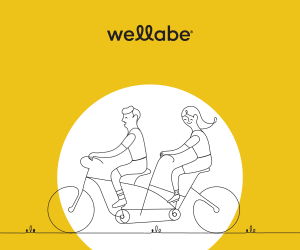There are two-ways to a better future for downtown Des Moines

KENT DARR Mar 23, 2015 | 8:19 pm
2 min read time
442 wordsAll Latest News, Real Estate and DevelopmentA consultant believes the city of Des Moines should begin converting downtown streets from one-way to two-way traffic, creating an occasional traffic jam but leading to a district that is a better place to bicycle and ride, stop and shop.
Jeff Speck, an author on urban planning and design from Brookline, Mass., will be in town for a couple of days this week to talk with city officials and business leaders about his ideas on traffic flow and its impact on downtown. The author of “Walkable City: How Downtown Can Save America, One Step at a Time,” Speck’s insights have been part of the Walnut Street streetscape project and the 2-year-old Downtown Plan.
A first look at this thoughts was presented at today’s Des Moines City Council Workshop by city planner Jason Van Essen and city traffic engineer Jennifer McCoy.
Speck favors two-way traffic patterns because they improve pedestrian activity and retail viability in downtowns, according to a presentation today to the City Council by Van Essen.
A one-way traffic pattern might move motorists through downtown in a speedy manner, but it does so at the peril of pedestrians and bicycle riders, according to Speck. It also makes it difficult for retail patrons to pull over and park.
Speck argues for converting every downtown street with a one-way bearing to a two-way street, and says that “every year of delay will make Des Moines less competitive as a city.”
In 2006, the City Council approved converting Court Avenue from a one-way eastbound street to a two-way street, in part to slow traffic so drivers could have a look at the entertainment district’s entertainment offerings. At the same time, Fourth Street was converted from one way to two way between Walnut Street and Court.
A city staffer also pointed out that by converting Court to a two-way street, drivers no longer had to look in their rearview mirror to see the Polk County Courthouse.
Speck recommends narrowing driving lanes to make space for wider parking spots and bicycle lanes. For those concerned about 10-foot-wide buses meeting on 10-foot-wide streets, Speck’s advice is to stop fretting about infrequent occurrences. He also says that “friction = cautious drivers.”
He also recommends the elimination of peak-hour parking restrictions.
Speck also believes the city needs a more robust plan for accommodating bicycle riders.
At the invitation of Urban Land Institute Iowa, Speck will present his ideas from 7 to 9 p.m. Wednesday at the World Food Prize Hall of Laureates. He will be accompanied by Oklahoma City Mayor Mick Cornett, whose city is implementing some of Speck’s strategies.











